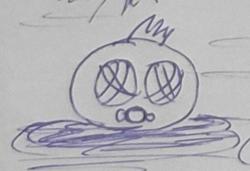Another technique for horizontal and vertical background wrapping is to use UV linear wrapping state with the device so you only need to draw the background once and the hardware takes care of the wrapping.
First you need to figure out how to create a background that when wrapped - it won't appear to have seams. This can be done by copying the background to 4 layers with each layer moved to a corner with their tips touching in the center to expose the seams that would show when scrolling. Then with a 50% opaque stamp tool, smudge tricks and other art techniques to hide seams. Now this art can scroll without seams appearing.
Then when rendering a texture, you would want the sampler state to use linear wrapping and when you draw it:
(using SamplerState.LinearWrap)
Draw(background, screenRect, new Rectangle((int)background_pos.X, (int)background_pos.Y, background.Width, background.Height), ColorTint);
Where screenRect is your destination screen rectangle(always the same), and the other rectangle is the source rectangle (x,y, width, height). When the source sampling starts at x, y and exceeds the edges of the texture (cuz trying to go width and height), it will wrap the texture to continue sampling. So then when the player moves you just change background position in that direction.
For layers the same technique could be applied.
Hypothetically, for huge mapped backgrounds, you may want to seamlessly tile parts together and scroll through sections of the grid -- each tile in the grid can tell it which part of which background art to show. This way you could have extensive changes to background scenery as the foreground scrolls.









